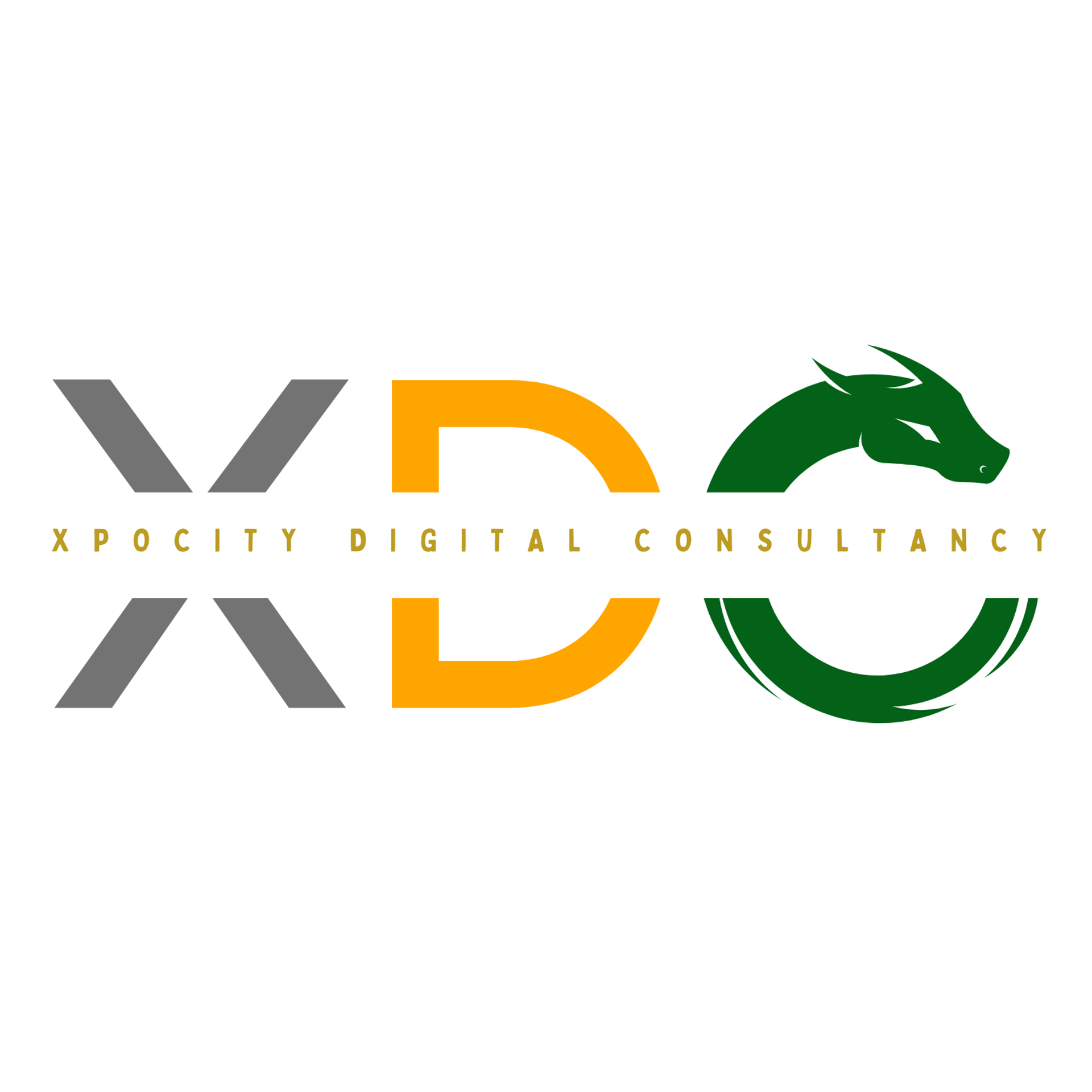Stop Guessing, Start Growing: Data-Driven Digital Strategies That Work
This blog post advocates for abandoning guesswork in digital marketing in favor of data-driven strategies. It explains why data is essential for understanding audiences, optimizing spend, measuring impact, identifying trends, and continuous improvement across key areas like SEO, paid ads, social media, and email marketing. The post concludes with practical steps for implementing a data-driven approach to achieve sustainable growth.
Chris Borjal
5/16/20253 min read


I want to talk about something I see far too often in the digital landscape: marketing by guesswork. We've all been there – launching a campaign based on a "gut feeling" or what a competitor is doing. While intuition has its place, in today's hyper-competitive digital world, guessing is a fast track to wasted resources and missed opportunities.
It's time to stop guessing and start growing. How? With data-driven digital strategies.
Why Data Isn't Just for Analysts Anymore (It's for Marketers!)
Think of data as your digital compass. Without it, you're sailing blind. With it, you can navigate directly to your goals, understand your audience deeply, and optimize every single marketing dollar. Here's why embracing data is non-negotiable for growth:
Understand Your Audience, Really: Data moves beyond demographics. It tells you who your audience is, what they care about, how they interact with your content, and when they're most receptive. This insight allows for truly personalized and effective messaging.
Optimize Your Spend: Every marketing budget, big or small, is precious. Data helps you see exactly where your money is performing best, allowing you to reallocate resources from underperforming areas to those driving real ROI. No more throwing spaghetti at the wall!
Measure What Matters: Impressions and clicks are nice, but what about conversions, customer lifetime value, or lead quality? Data allows us to track meaningful metrics, proving the direct impact of our efforts on business growth.
Identify Trends and Opportunities: By analyzing performance over time, you can spot emerging trends, identify new market opportunities, and predict future consumer behavior, keeping you ahead of the curve.
Iterate and Improve: Digital marketing isn't a "set it and forget it" game. Data provides the feedback loop you need to continuously test, learn, and refine your strategies, ensuring constant improvement.
Where Data Drives Digital Success
So, where do we apply this data-driven mindset? Everywhere! But let's highlight a few key areas:
Search Engine Optimization (SEO):
Data in Action: Keyword research shows us what people are actually searching for. Competitor analysis reveals their strengths and weaknesses. Google Analytics tells us how users behave on our site after finding us through search.
Growth: We optimize content for high-value keywords, improve user experience based on bounce rates, and build authority by understanding what content earns backlinks.
Paid Advertising (PPC/Social Ads):
Data in Action: A/B testing ad copy and visuals, audience segmentation based on demographics and interests, conversion tracking, and cost-per-acquisition (CPA) analysis.
Growth: We refine targeting to reach the most receptive audience, optimize bids for maximum ROI, and scale successful campaigns while pausing underperformers.
Social Media Marketing:
Data in Action: Post engagement rates, audience demographics on each platform, peak activity times, and content type performance (e.g., video vs. image).
Growth: We create content that truly resonates, schedule posts for optimal visibility, and build communities around topics that drive genuine interaction.
Email Marketing:
Data in Action: Open rates, click-through rates (CTR), conversion rates from emails, segmentation effectiveness, and A/B testing subject lines.
Growth: We send the right message to the right person at the right time, leading to higher engagement, more conversions, and stronger customer relationships.
How to Stop Guessing and Start Growing
Ready to make the shift? Here are some practical steps:
Define Your KPIs (Key Performance Indicators): Before you even start, know what success looks like. What metrics truly indicate growth for your business?
Implement Analytics Tools: If you're not already, set up Google Analytics (or a similar tool) for your website. Utilize built-in analytics on social media platforms and ad dashboards.
Regularly Review Your Data: Don't just collect data; analyze it. Set aside dedicated time each week or month to dive into your reports.
Test, Learn, Iterate: Formulate hypotheses based on your data, run controlled tests (A/B tests are your friend!), analyze the results, and apply what you've learned.
Invest in Skills: Encourage your team (and yourself!) to learn data analysis basics. There are tons of free resources available.
My Take: The Future is Data-Driven
I've seen firsthand the transformative power of data. It takes the guesswork out of marketing, turning intuition into informed strategy. It empowers us to make smarter decisions, optimize our efforts, and ultimately, drive sustainable growth.
The digital landscape is constantly evolving, but one thing remains constant: the power of understanding your audience through data. Embrace it, learn from it, and watch your digital strategies truly take flight.
What's your biggest data-driven success story, or your biggest challenge in implementing data strategies?

